Surface Book on tour: travelling with Redmond's debut laptop
We test Microsoft's premium notebook to see just how good it is as a travel companion
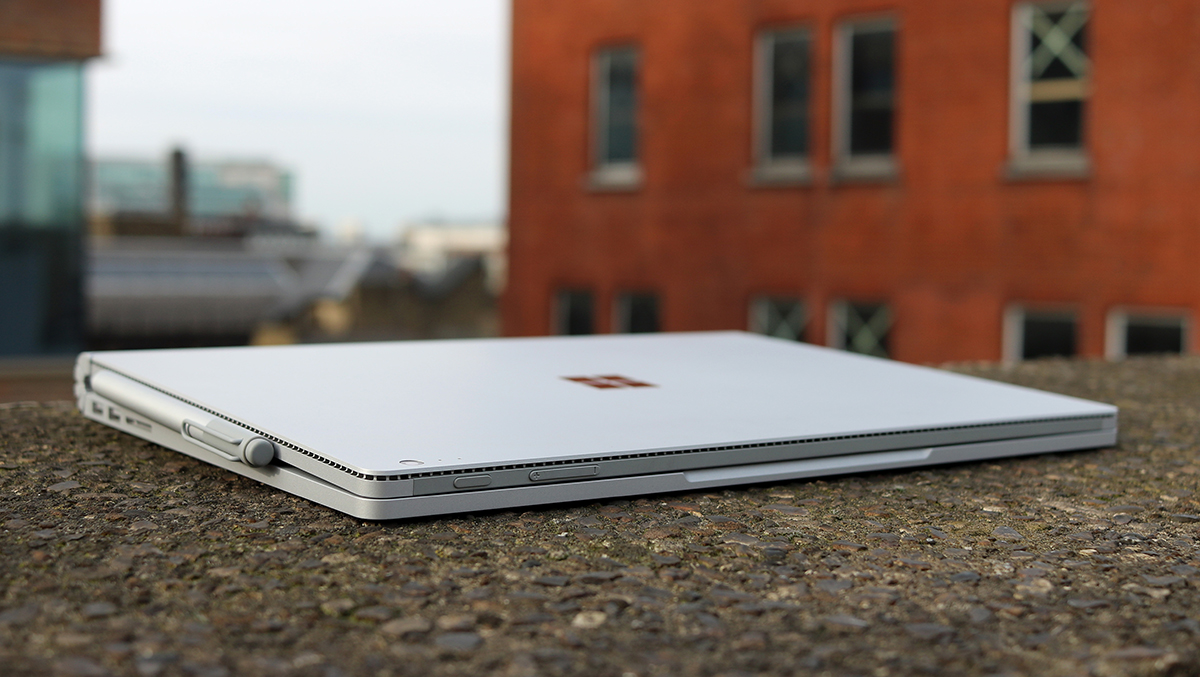

Microsoft's Surface Book is a pretty spectacular device. The company's first laptop is aiming for the same premium market that Apple targets with its notebooks but has tried to switch up the formula with elements such as a stylus and a detachable screen.
The Surface Book has been billed as an ultraportable and is heavily targeted at graphics designers and other creators, with a super high-resolution screen and stylus support. But what's it like to actually travel with? We took it to Trieste in Italy for a weekend to test it out.
The most immediately apparent thing about the Surface Book is just how much polish has gone into the design. It's sleek, eye-catching and is certainly one of the most distinctive notebooks around.
On the other hand, it's not totally ideal for travelling with. For one thing, the included Surface Pen is only attached magnetically and had a habit of rattling around in our bag. It's also not quite as sturdy as we'd like for a travelling laptop - we'd be slightly worried about it getting damaged during transit.
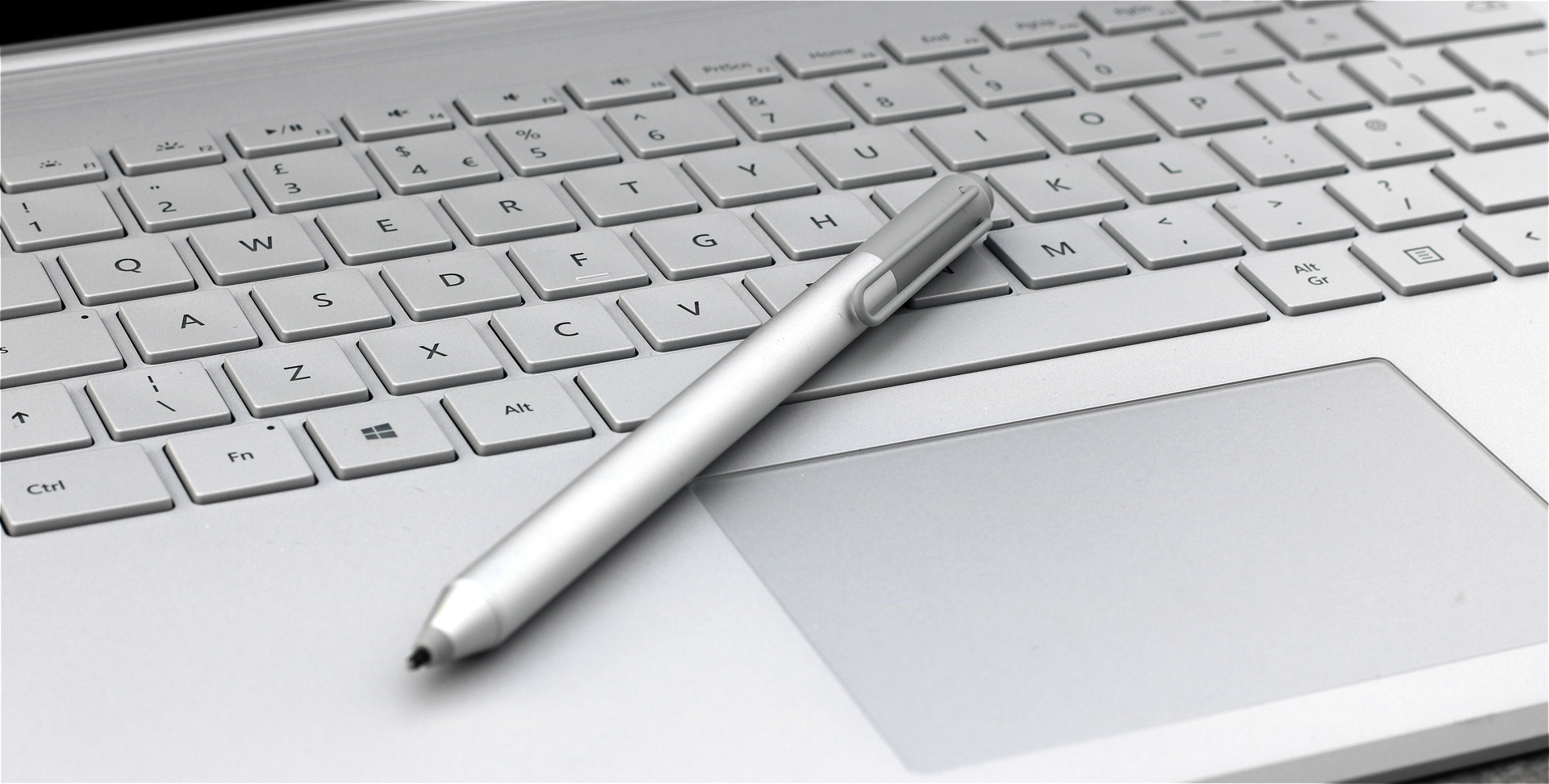
The Surface Book also isn't quite as portable as Microsoft's Surface Pro range. While we could happily wander around all day with the Surface Pro 4 in a rucksack, the Surface Book definitely adds a noticeable amount of weight.
This is largely due to the addition of a proper keyboard base, which also includes an extra battery and an integrated Nvidia graphics chip. Taken on its own, the detachable screen is light and easy to use, aside from the slightly unwieldy 13.5in size.
Compared to other notebooks in its class, however, the Surface Book is actually reasonably svelte. For comparison, the 13in MacBook Pro is around 500g heavier. Although the weight was heavier than we might like for a casual device, it's one of the lightest business-class notebooks we've field-tested.
Get the ITPro daily newsletter
Sign up today and you will receive a free copy of our Future Focus 2025 report - the leading guidance on AI, cybersecurity and other IT challenges as per 700+ senior executives
As you'd imagine, Microsoft's flagship notebook runs Windows 10. The OS still isn't entirely free of glitches - there were a few freeze ups that required a hard reset, and the RealSense camera occasionally had problems about recognising us. Aside from that, however, it was pretty great.
Windows 10 is a very well-rounded and highly usable OS, with some standout features. One of the most useful is Windows Hello, Microsoft's biometric authentication technology, which uses facial recognition to automatically log users in. It makes logging in an absolute breeze, and it's a feature we miss whenever we switch to a non-compatible machine.
Cortana, on the other hand, remains pretty dreadful. Lacking as it does the rich data troves and third-party integrations of Google Now, it's of limited value, and is overall a pretty forgettable feature.
One of the areas where Windows 10 particularly excels is with hybrid devices. The software's design makes mixing trackpad and touch controls really easy, and it's a huge timesaver. Being able to simply tap on confirmation boxes or menu items is a feature we're swiftly growing to resent not having on non-touch machines.
This came in particularly handy on the plane, where a lack of space meant that using the trackpad was often something of a struggle. Being able to use both the physical keyboard and the touchscreen proved to be something of a lifesaver for actually getting work done.
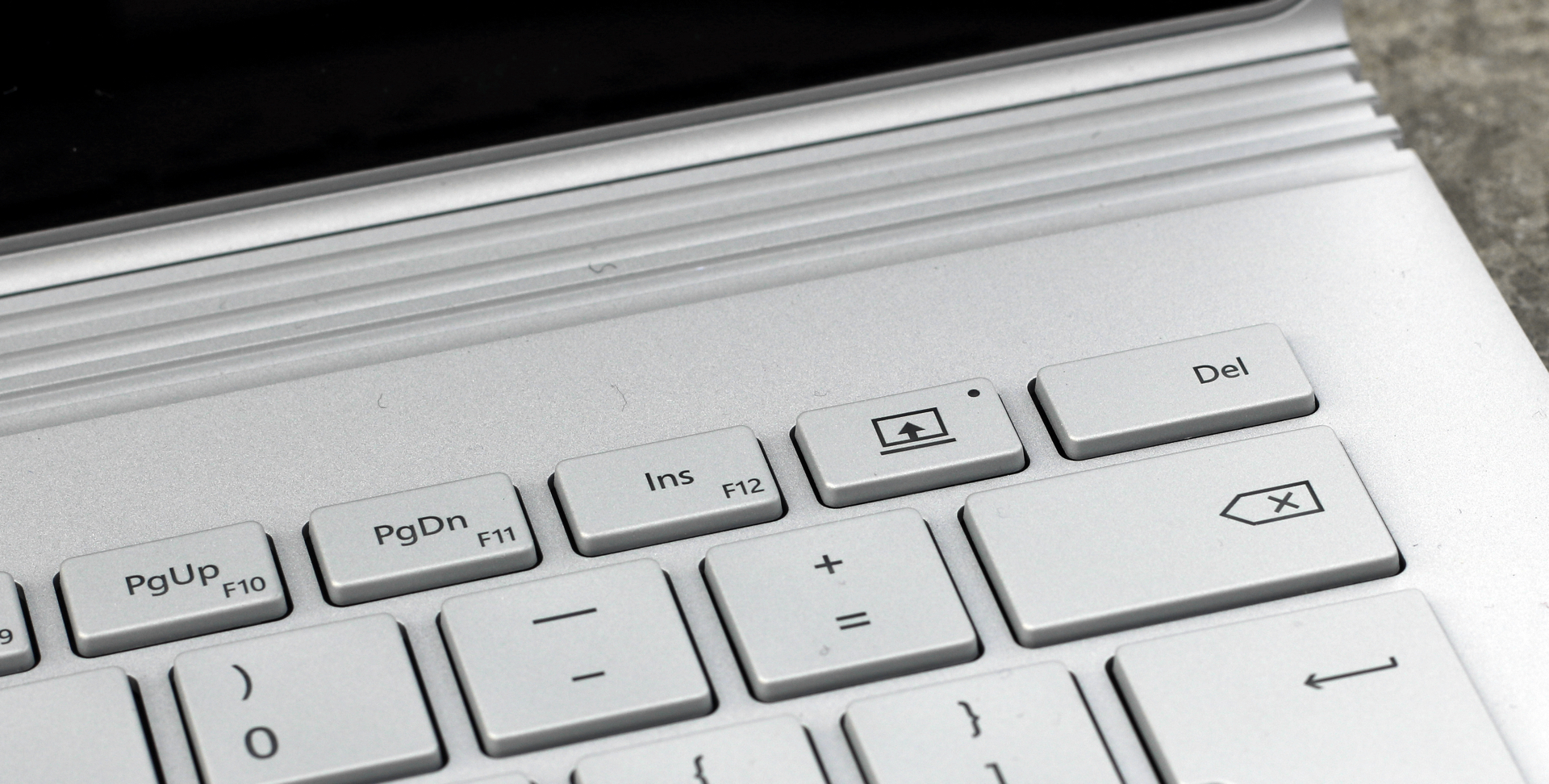
In addition to a regular touchscreen, the Surface Book also includes support for the Surface Pen, which is one of the best styli we've seen to date. Featuring a digital 'eraser' on one end and hot-swappable nibs on the other, the Surface Pen is precise and intuitive, rivalled only by the Apple Pencil.
It's an extremely capable accessory, and the Surface Pen's 1,024 levels of pressure-sensitivity mean that you can use it just like you would a traditional pen or pencil. It's excellent for note-taking, although the lack of resistance between pen and screen takes some initial getting used to.
Where the Surface Pen really excels is digital art and photo editing, though, and you can create some truly breathtaking images with it. However, the unfortunate truth is that just because you can use the Surface Book and Pen to create beautiful artwork, it doesn't mean that you will.
Instead, the Surface Pen's utility is largely dependent on how handy you are with a real life pen or paintbrush. If - like us - you've got about as much artistic talent as a bag of spanners, you're unlikely to get much out of it, and it won't magically make you any more skilled at drawing.
Similarly, while the screen's ridiculously high-resolution 3,000 x 2,000 screen is perfect for photo editing on, laypeople are highly unlikely to get a huge amount of use out of it. It's a gorgeous panel, but it's massively overkill for people that just want to touch up a few holiday snaps and the like.
We took plenty of pictures while out and about in Trieste, but the only edits that we felt comfortable making to them involved lightening up the unfortunately overcast skies in the photos from the first day. While a skilled graphics professional could no doubt have performed miracles like erasing some of the errant cars, the Surface Pen didn't allow me to do anything that I felt couldn't have been accomplished with a keyboard and mouse.
The Surface Book is perfectly suited, however, to editing on the fly. While we were out taking photos of Trieste's various historical and architectural marvels, we stopped for a drink in a caf on the Piazza Unit d'Italia. It was the work of moments to flip the screen around into Canvas Mode, and start doing some quick editing in Photoshop, all from a comfortable caf with nice Italian coffee.
The integrated Nvidia GPU means it's got plenty of graphics horsepower, which could make it a fantastic option for professional photographers or graphic designers, who want to edit on location. It even has a built-in SD card reader, so you don't have to faff around with transfer cables for DSLRs.
The Surface Book is a beautiful device, but it can't help but feel somewhat confused. It looks and feels like a business-class ultrabook, but its blindingly high-resolution screen and stylus support are largely superfluous on an enterprise device.
Similarly, these features make it seem like it's simultaneously targeting photography and graphics professionals. If that's the case, though, the lighter and more portable Surface Pro 4 would arguably be a better fit for those seeking a digital canvas - although it does lack the Nvidia GPU.
That having been said, though, we have to admit that we greatly enjoyed our time with the Surface Book. It's a sleek, powerful machine, and while it's not entirely without faults, it does a lot to earn its premium price tag. If you're looking for a notebook to take travelling, you could do a lot worse than the Microsoft's flagship laptop.
Adam Shepherd has been a technology journalist since 2015, covering everything from cloud storage and security, to smartphones and servers. Over the course of his career, he’s seen the spread of 5G, the growing ubiquity of wireless devices, and the start of the connected revolution. He’s also been to more trade shows and technology conferences than he cares to count.
Adam is an avid follower of the latest hardware innovations, and he is never happier than when tinkering with complex network configurations, or exploring a new Linux distro. He was also previously a co-host on the ITPro Podcast, where he was often found ranting about his love of strange gadgets, his disdain for Windows Mobile, and everything in between.
You can find Adam tweeting about enterprise technology (or more often bad jokes) @AdamShepherUK.
-
 Why keeping track of AI assistants can be a tricky business
Why keeping track of AI assistants can be a tricky businessColumn Making the most of AI assistants means understanding what they can do – and what the workforce wants from them
By Stephen Pritchard
-
 Nvidia braces for a $5.5 billion hit as tariffs reach the semiconductor industry
Nvidia braces for a $5.5 billion hit as tariffs reach the semiconductor industryNews The chipmaker says its H20 chips need a special license as its share price plummets
By Bobby Hellard
-
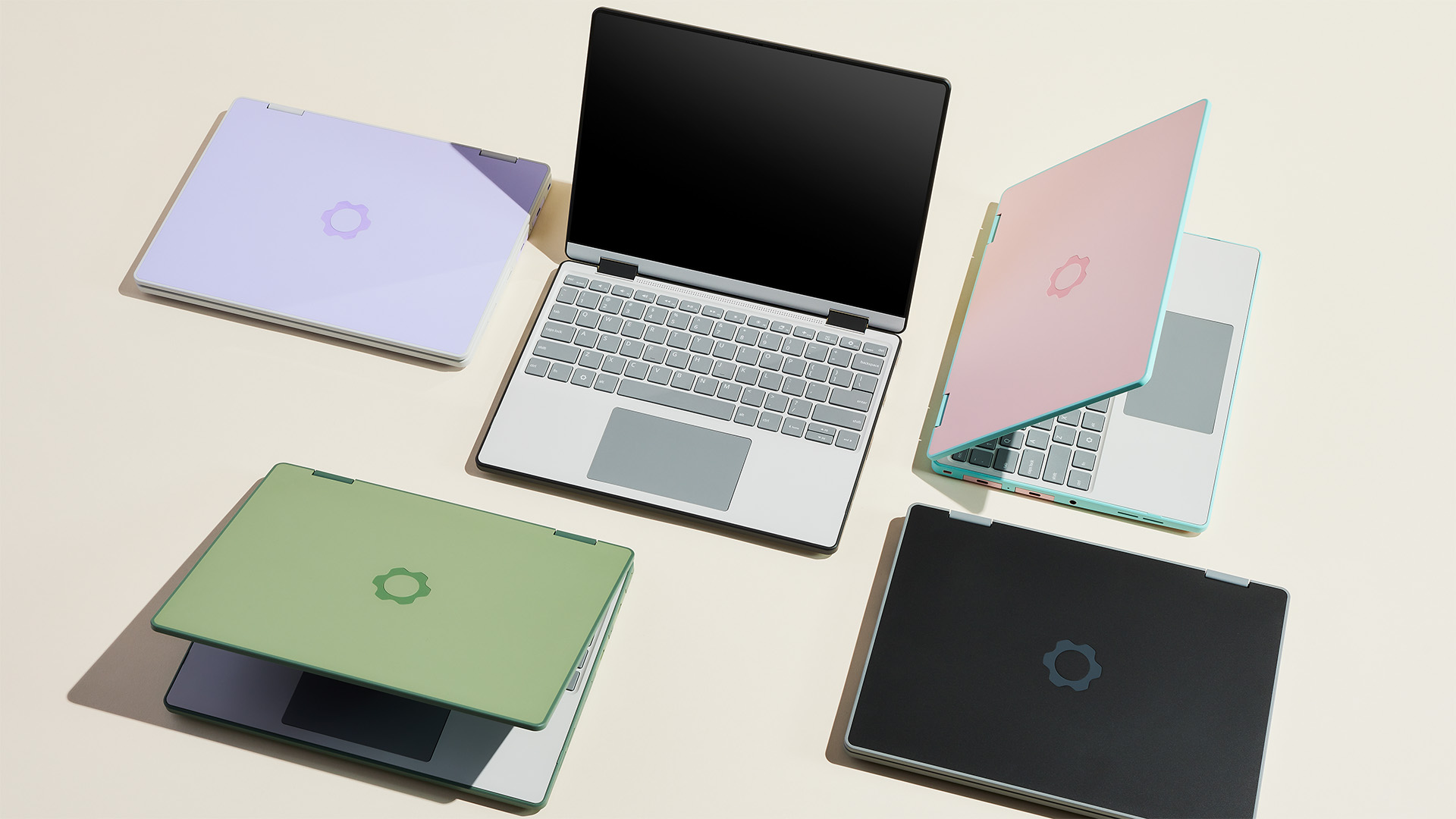 ‘We would have to sell the lowest-end SKUs at a loss’: Framework says it’s ‘temporarily pausing’ some US laptop sales amid tariff disruption
‘We would have to sell the lowest-end SKUs at a loss’: Framework says it’s ‘temporarily pausing’ some US laptop sales amid tariff disruptionNews Modular laptop designer Framework says it is “temporarily pausing US sales” in response to the disruption caused by US tariffs on Taiwanese imports.
By Ross Kelly
-
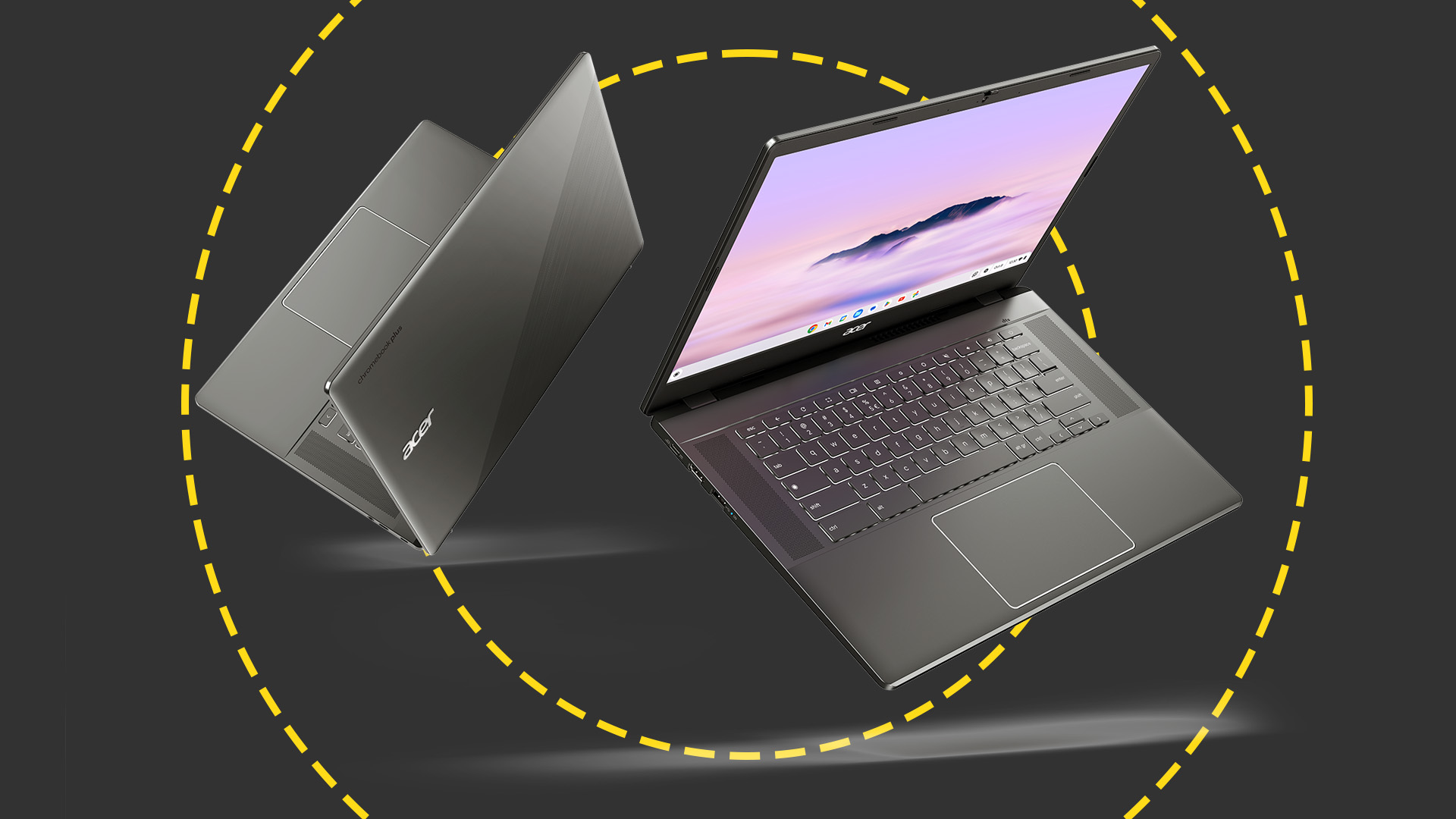 Acer Chromebook Plus 515 review: A brilliant big-screen workhorse for tight budgets
Acer Chromebook Plus 515 review: A brilliant big-screen workhorse for tight budgetsReviews Compromises have been made to stay in budget, but the Plus 515 makes sense as a hard-working, cost-conscious Chromebook
By Stuart Andrews
-
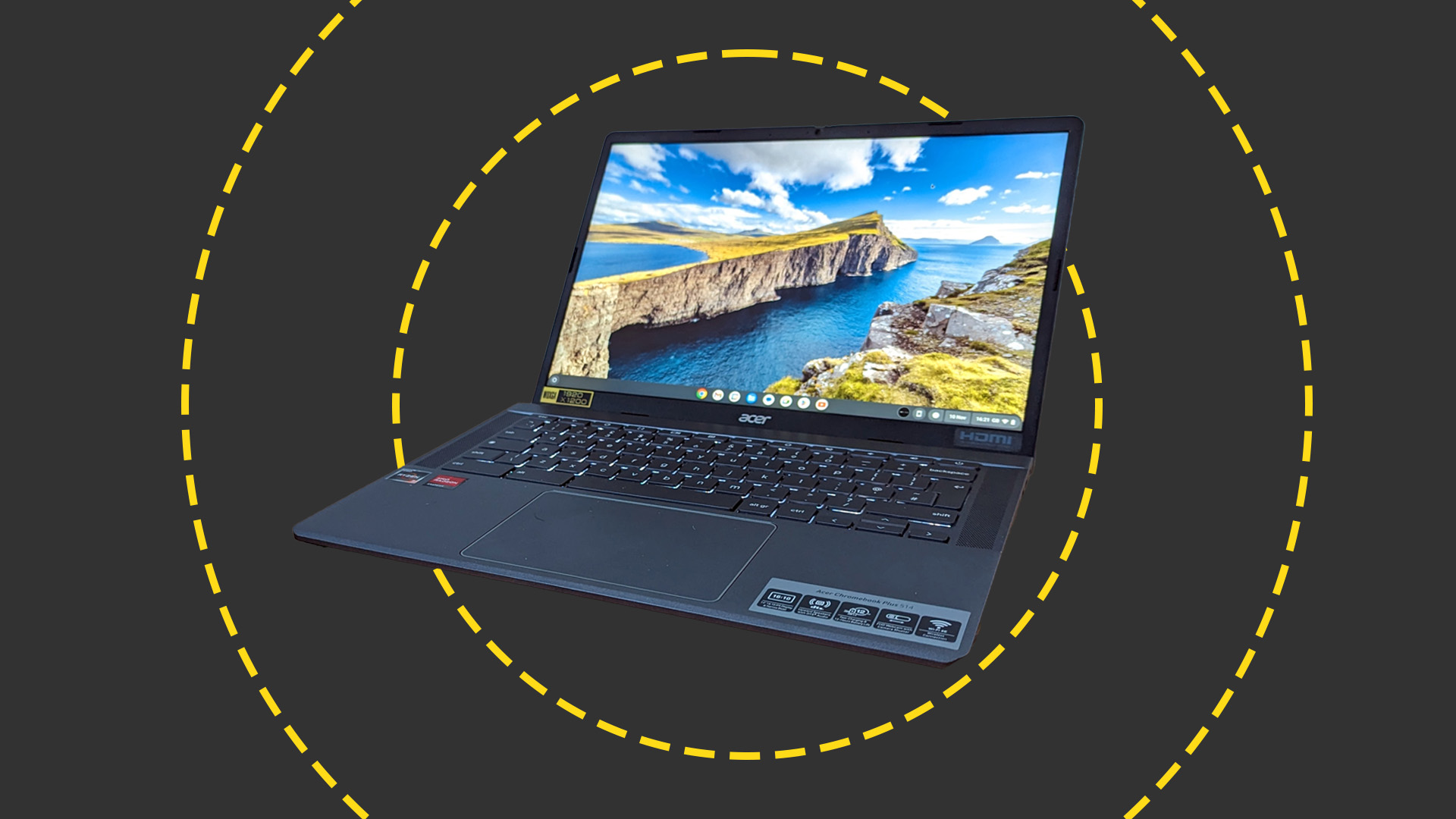 Acer Chromebook Plus 514 review: A better class of budget Chromebook for business use
Acer Chromebook Plus 514 review: A better class of budget Chromebook for business useReviews The Chromebook Plus 514 is a solid, speedy Chromebook on a limited budget
By Stuart Andrews
-
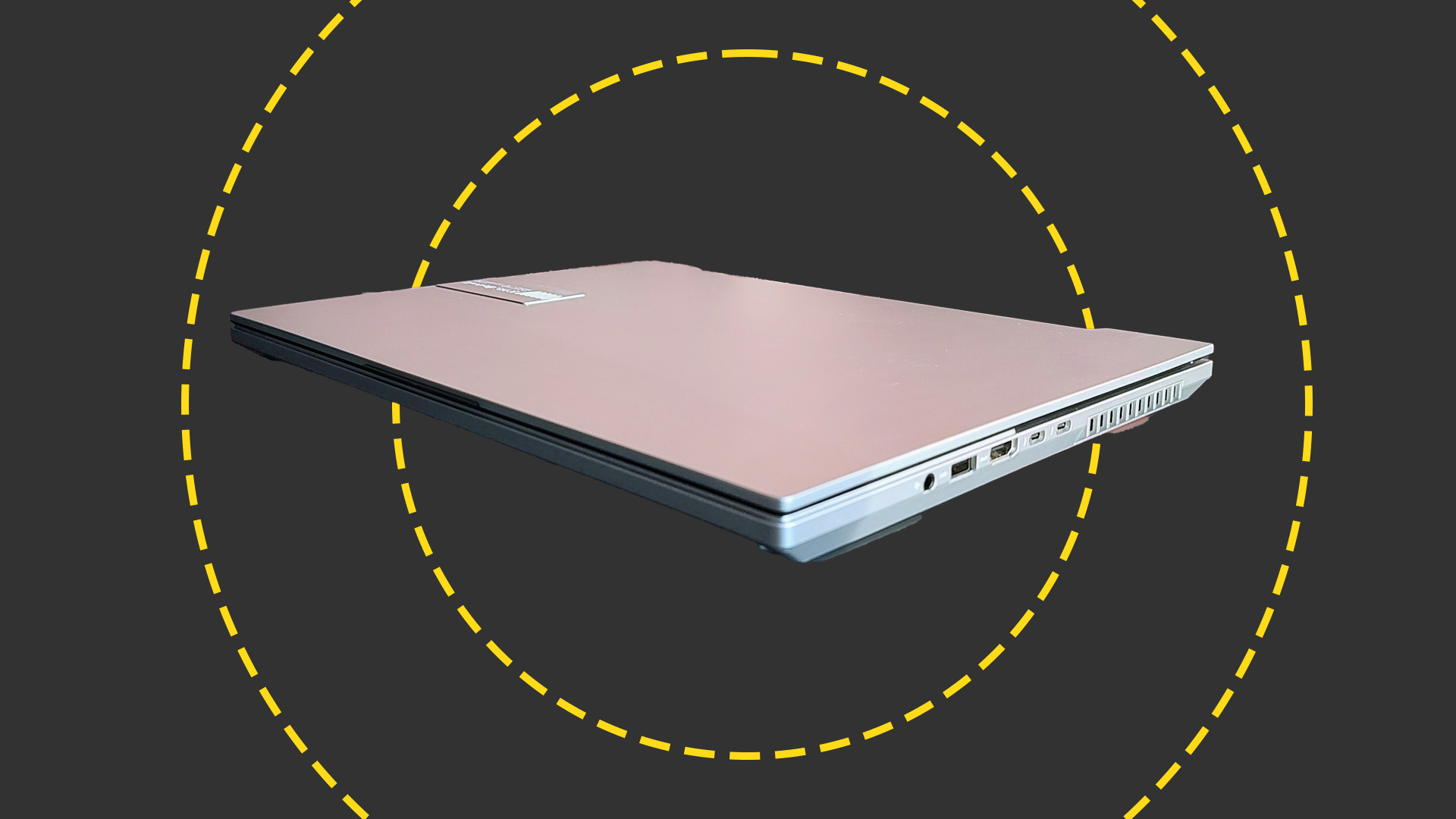 ASUS Vivobook Pro 16X OLED (K6604) 2023 review: An extraordinary omnicompetent laptop
ASUS Vivobook Pro 16X OLED (K6604) 2023 review: An extraordinary omnicompetent laptopReviews If there's a task the new Vivobook Pro 16X can't do well, and quickly, we can't find it – it's a jack-of-all-trades par excellence
By Alun Taylor
-
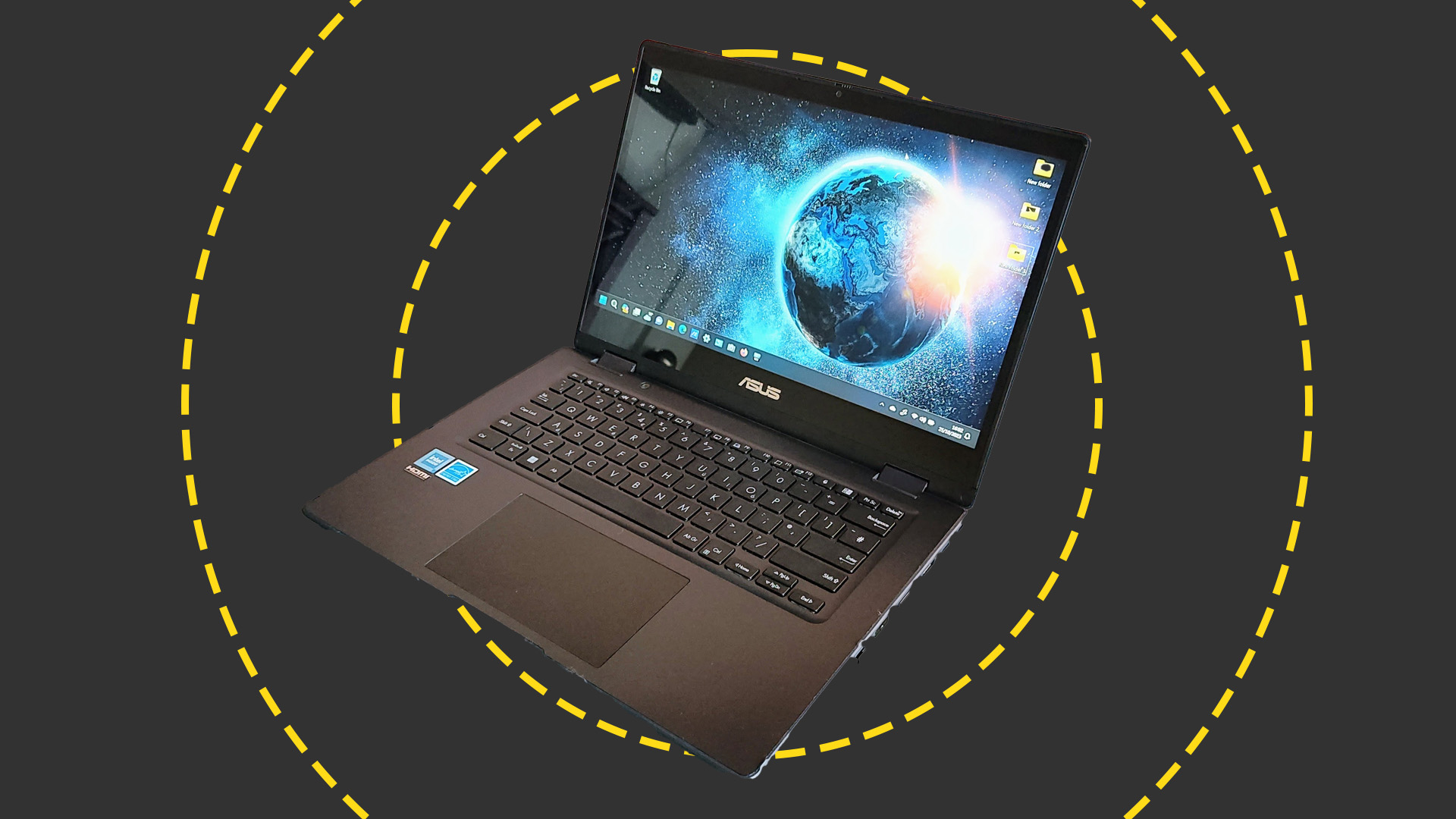 Asus BR1402 review: Rugged modularity for the classroom and workplace
Asus BR1402 review: Rugged modularity for the classroom and workplaceReviews The BR1402 is no powerhouse, but it's versatile, rugged, and crammed with useful features
By Alun Taylor
-
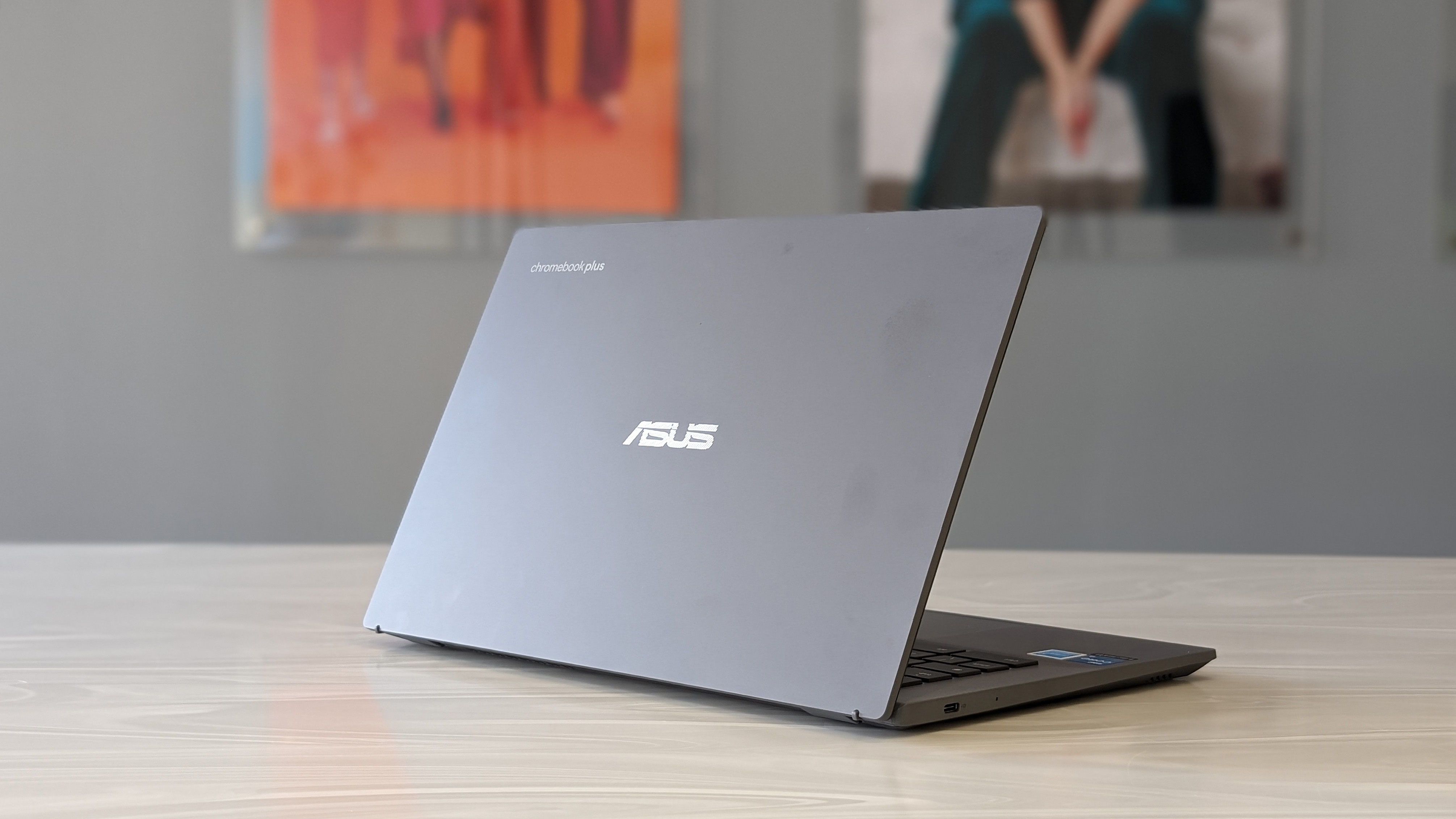 Asus Chromebook Plus CX34 review: i3-powered goodness for students and small businesses
Asus Chromebook Plus CX34 review: i3-powered goodness for students and small businessesReviews The first of a new breed of Chromebook, the CX34 is an affordable workhorse
By Bobby Hellard
-
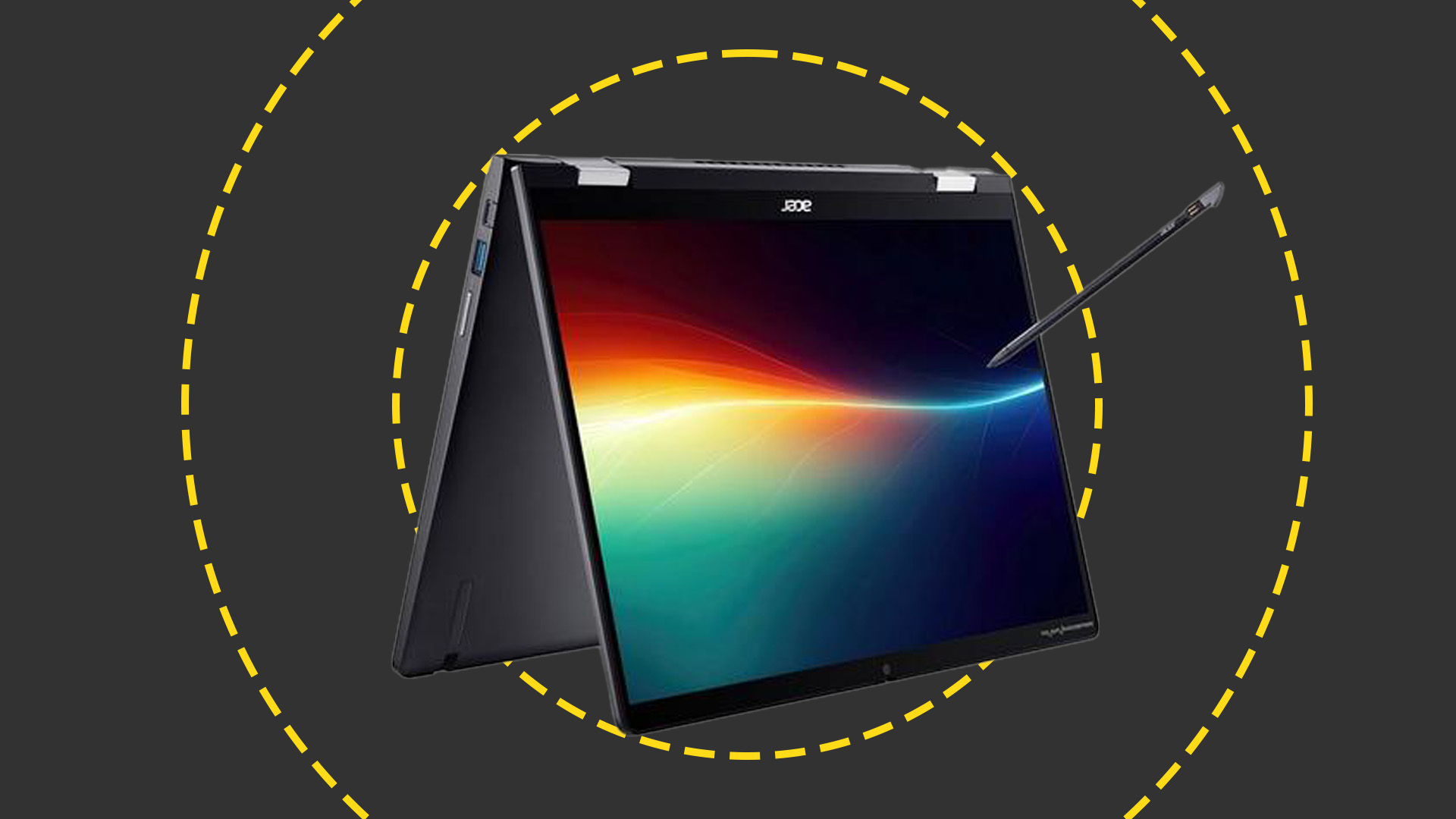 Acer Chromebook Spin 714 review: The best business Chromebook gets a refresh
Acer Chromebook Spin 714 review: The best business Chromebook gets a refreshReviews With a great design, excellent performance and impressive battery life, this is the new business Chromebook to beat
By Stuart Andrews
-
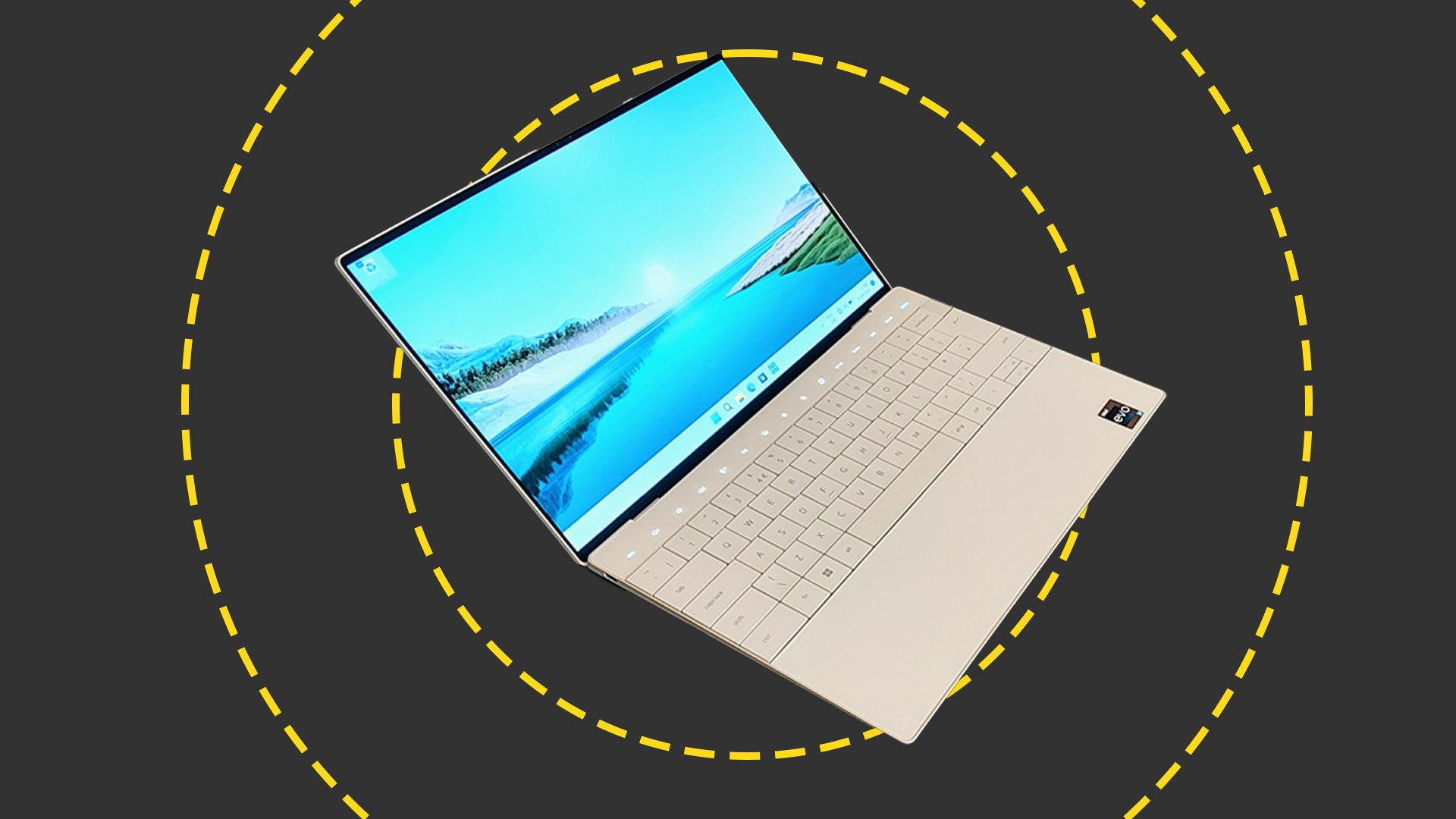 Dell XPS 13 Plus (2023) review: A design classic
Dell XPS 13 Plus (2023) review: A design classicReviews Dell's latest premium compact combines an outstanding OLED display with a unique keyboard design
By Alun Taylor